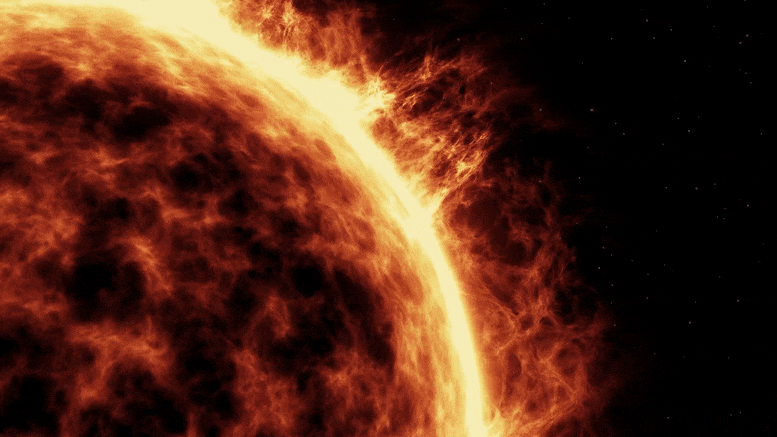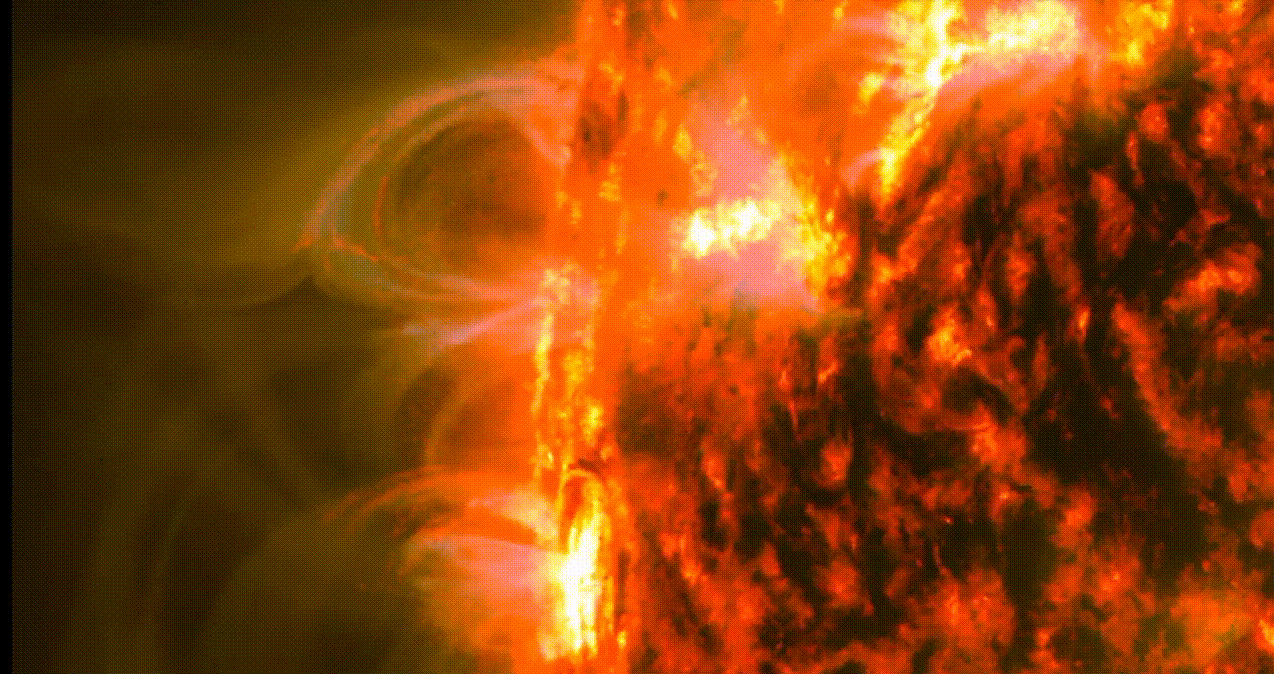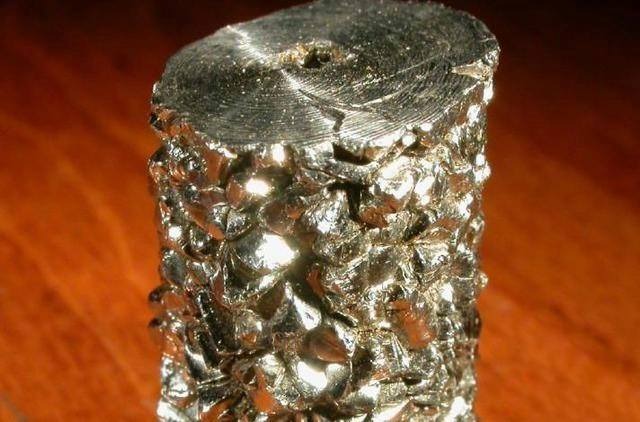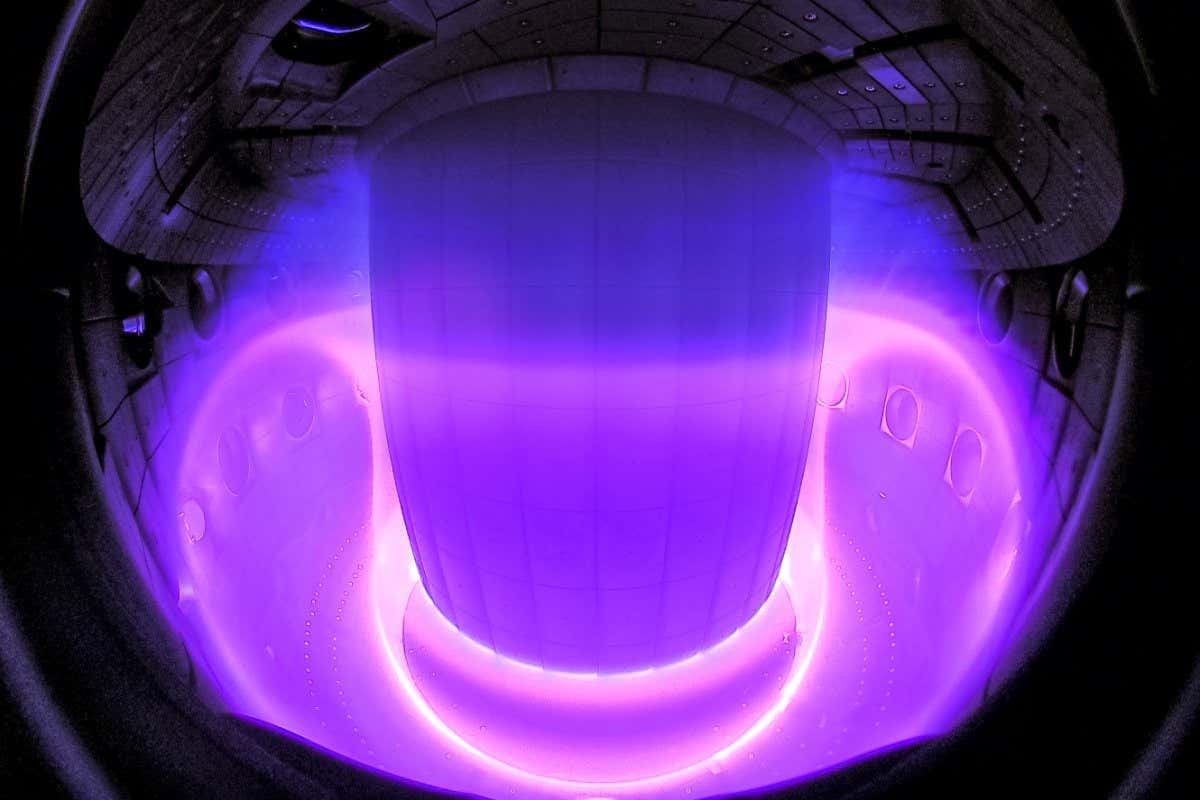What material on Earth can get close to the Sun without melting?
- Tram Ho
The light and heat the Sun radiates every second is beyond our imagination. The average surface temperature of the Sun is about 5,500 degrees Celsius, and the core temperature is as high as 15 million degrees Celsius.
In fact, we have yet to get close to the Sun and have never set foot on the surface of the Sun at all, so this temperature data is estimated by analyzing the Sun’s radiation.

The surface temperature of the Sun is about 5,537 degrees Celsius, while the temperature inside the Sun’s core is up to about 15 million degrees Celsius.
On Earth, high temperatures of 400 to 500 degrees Celsius are enough to burn forests, temperatures of more than 1,500 degrees Celsius are enough to melt steel, and temperatures at 5,500 degrees Celsius can melt almost anything on our planet.
In general, nothing on Earth can withstand the high temperatures of the Sun’s surface. If the Earth gets too close to the Sun, the rocks on the Earth’s surface will be melted by the high temperatures and become magma. Regardless of whether it is a simple substance or a compound, any matter that falls on the surface of the Sun will be turned into plasma immediately, and the original forms of molecules and atoms will no longer exist. In fact, the Sun is a giant ball of plasma fire.
In the minds of many people, the melting point of metals is very high, and tungsten is the substance with the highest melting point on our planet. The melting point of tungsten is only 3,410 degrees Celsius.

The temperature of the Sun can melt everything in the world. We boil water at a temperature of about 100 degrees Celsius. Iron workers heat iron, the temperature in the furnace exceeds 1,000 degrees Celsius. The temperature of the Sun is much higher than the temperature in the furnace.
However, tungsten is not the highest melting point on Earth, it is just the elemental metal with the highest melting point. The non-metallic element with the highest melting point on Earth is graphite, its melting point is higher than that of tungsten, which can reach 3,850 degrees Celsius, but still much lower than the temperature on the surface of the Sun. God.

Currently, the substance with the highest melting point on Earth is a synthetic hafnium alloy – tetratantalum hafnium pentacarbide (Ta4HfC5), which has a melting point as high as 4,215 degrees Celsius. But this is still 1,000 degrees lower than that. temperature on the Sun’s surface, and it still can’t resist the high temperatures on the Sun’s surface.

Tantalum hafnium carbide is a refractory chemical compound with the general formula Taₓ Hfy-x Cy, which can be thought of as a solid solution of tantalum carbide and hafnium carbide.
According to scientists’ estimates, the deeper into the Earth, the higher the temperature, the temperature in the Earth’s core is even as high as 6,000 degrees Celsius, higher than the temperature on the surface of the Sun. But the iron core at the Earth’s core can still be solid, why is that?
The temperature in the Earth’s core is so high that iron can still stay solid because of the pressure, the pressure in the Earth’s core is 3.5 million times higher than the atmospheric pressure on the Earth’s surface. It is under such extreme conditions that the melting point of a substance will undergo a drastic change.
But it is a mistake to compare melting points this way, since we usually talk about the melting points of substances under standard atmospheric pressure.

Scientists are currently studying artificial mini-Suns in the laboratory, the temperature required for the reaction can be up to 100 million degrees, so what is this miniature Sun stored in?
In effect, scientists “store” the artificial small Sun’s nuclear fusion fuel through a strong magnetic field and a tokamak, a device that uses a powerful magnetic field to keep hot plasma in a hot space. toroidal object. At high temperatures of hundreds of millions of degrees, matter will exist in the form of plasma, charged particles will be affected by the Lorentz force in the magnetic field, so of course they can be controlled by the magnetic field.

Tokamak is a device that uses a strong magnetic field to keep hot plasma in a torus. Tokamak is one of a number of magnetic confinement devices being studied to produce energy through controlled fusion reactions.
The Sun relies on nuclear fusion to emit light and generate heat, the study of artificial mini Suns is one of the steps towards achieving a controllable nuclear fusion, to collect almost eternal energy. Because of the force that light can exert on matter, scientists have used lasers to bind nuclear fuel.
Normally, what we call matter is made up of matter particles like quarks, protons, and atoms. In a broad sense, magnetic fields also belong to matter. Magnetic matter is invisible and cannot be touched, but it does exist, it is an invisible substance, and usually only they can withstand infinitely high temperatures.
The high temperature of the Sun is mainly spread through thermal radiation. Mirrors can reflect light, so a mirror with 100% reflectivity and the ability to reflect electromagnetic waves in all bands can be completely insulated. But in reality, it is completely impossible because there is no such mirror in the world.
Source: Grunge; phys.org; USGS
Source : Genk
